
UDK: 617-089.844
I.V. Pavlenko, V.V. Kichin, A.V. Shakhov
ГБУЗ НО «Городская клиническая больница № 30 Московского района», Нижний Новгород
Relevance. One of the effective ways to close chronic wounds according to many authors is split-skin grafting. To obtain good results of plastic operations, a constant monitoring of the structure of microbiological associations of chronic wounds and their sensitivity to antimicrobial agents is necessary. Aim. Analysis of the structure and properties of pathogens of wound infections when performing split-skin grafting and optimizing the choice of drugs for starting empirical antibacterial therapy. Materials and methods. A retrospective analysis of the results of microbiological studies was conducted in 86 patients who underwent split-skin grafting. For statistical processing of the data obtained, the computer program Statistica 6.0 was used. Results. Unsatisfactory results of split-skin grafting were observed in 15 patients (17 %). In this group of patients, the most frequently detected strains of non-fermentative gram-negative bacteria – Pseudomonas aeruginosa (in 6 cases) and Acinetobacter baumannii (in 4 cases), retained sensitivity to carbapenems in 65 % of cases. Conclusions. Non-fermenting gram-negative microorganisms sharply reduce the likelihood of good results of plastic operations. If found in the recipient wound after split-skin grafting signs of an infectious process, it is advisable to use carbapenems.
microflora of wounds, chronic wound, antibiotic resistance, split-skin grafting, non-fermenting gram-negative microorganisms, carbapenems.
Павленко Илья Викторович – ординатор хирургического отделения городской клинической больницы № 30 Московского района, e-mail: ilyapavlenko@bk.ru